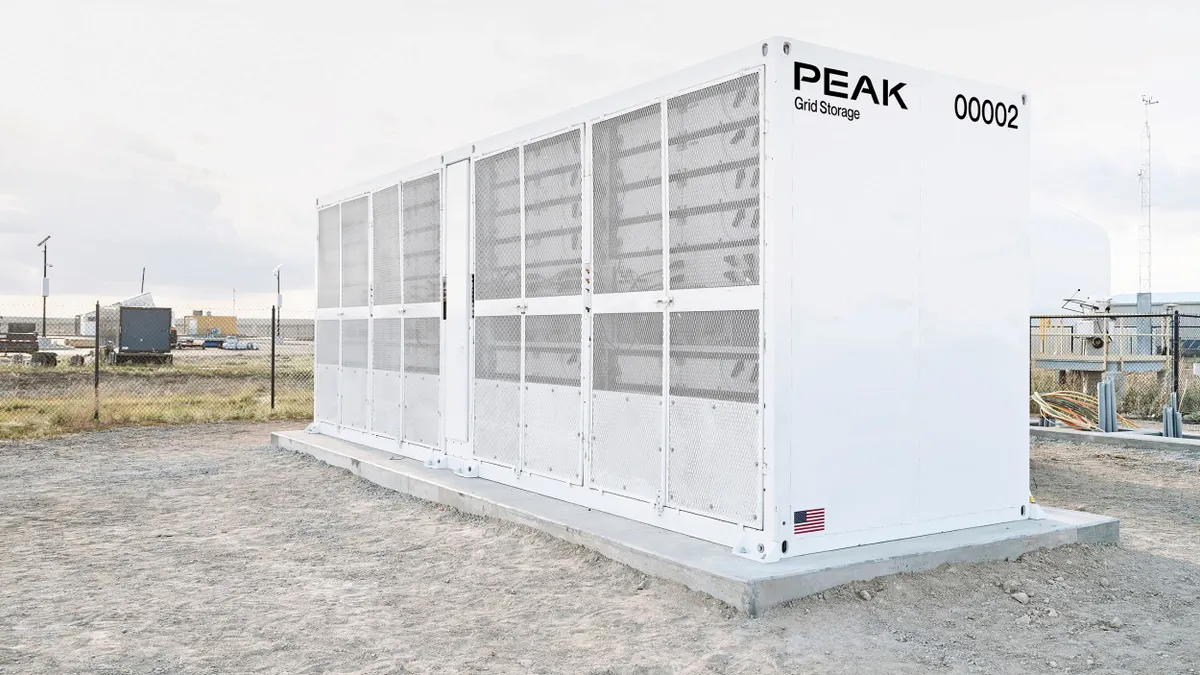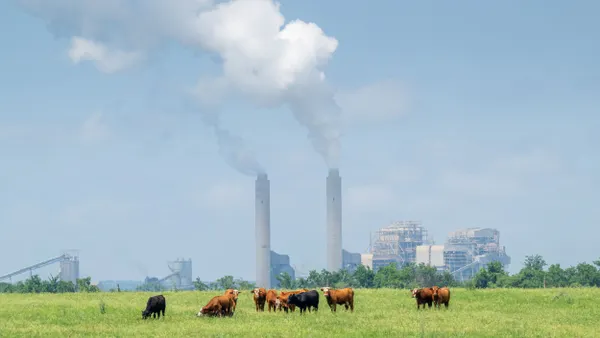Dive Brief:
- Large amounts of capital needed to comply with the Clean Power Plan (CPP) could be a boon to regulated utilities in the Southeast, according to new analysis from Morgan Stanley Research.
- The $50 billion needed to modernize the region's power plants could help names like Duke and Dominion, but the impact on merchant generators appears less clear.
- The costs and benefits of the CPP will be highly debated, though the U.S. Environmental Protection Agency (EPA) has said the positive health impacts will far outway expenses -- up to $34 billion in benefits by 2030, the agency said.
Dive Insight:
What will the Clean Power Plan cost? The Southeast will need at least $50 billion to modernize infrastructure, according to a new report from Morgan Stanley.
The analysis finds regulated utilities like Duke Energy, Dominion Resources, Xcel Energy and Ameren stand to benefit as additional capital will be spent on new infrastructure. But on the merchant side, the picture is less clear as some names have already diversified their generation and shed coal plants.
Issued 10 days ago, the Obama administration's proposal to regulate greenhouse gas calls for a 32% reduction by 2030 -- deeper than initially proposed, but at a slower pace. Calculating the costs to upgrade and replace older and inefficient infrastructure are of course complicated, especially in light of fluctuating fuel costs. And for coal generators, the new regulations may not even make a difference in light of the gas boom.
"Given current low gas prices, and our view that gas prices will remain low long-term, we already forecast very limited earnings and cash flow from most merchant coal assets," the firm wrote. "As a result, the implementation of carbon regulation is not a material headwind for coal exposed generators, in most cases, relative to our current forecasts."
The Union of Concerned Scientists says annual estimates for CPP compliance range widely, beginning around $2 billion in the early years but moving up to between $5.1 billion and $8.4 billion in 2030. EPA analysis of the rule, however, shows the climate and health benefits of the new rules will deliver $26 billion to $45 billion in benefits by 2030.














